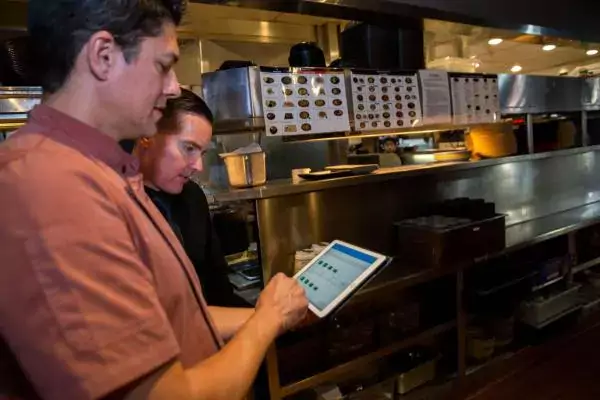Is the American mall really dying? A lot of news outlets would have you think so. Before ringing the death knell, however, consider that only two dozen malls across the United States have closed since 2010. In other words, only 3.2 percent of American malls have failed in the last five years, writes Angelo Carusi, principal, Retail Specialty Practice Group, with Cooper Carry.
When businesses fail to adapt, they are forced to close. As Carusi explains, malls close because shopping habits change, demographics shift, better retail centers are built nearby and malls become saturated with the same merchandise. While mall owners face financial challenges and rising rents, sales and net operating income are actually on the rise.
Teenage Wasteland with Linen Napkins
Teen mall traffic has declined by 30 percent over the past decade, according to a 2014 study by Piper Jaffray. The things that normally drew teens to malls – video games, movies/music and branded apparel – can now be easily purchased online. Everyone has the silver screen in the palm of their hand, helping to explain why movie theater traffic has declined.
However, there’s one sector where foot traffic hasn’t declined: restaurants. “We see restaurants as the next generation of hangout for teens,” the report concluded. And kids these days don’t choose fast-food restaurants as a hang out – they choose establishments with higher brand status.
Keep in mind that teens are influenced by their parents, and adults are working in an increasingly service-oriented American economy. More adult consumers are expecting a little bit of luxury in ordinary experiences, whether it’s reclining in a plush chair in a movie theater, or having an optional valet service at a crowded mall with a Cheesecake Factory restaurant.
Upscaling is not a retail trend that’s confined to food courts, but it is easily witnessed there in recent times.
Success Linked to Snobbery
"Class A malls are repositioning themselves to be destinations, with more restaurants, which is making them more resilient to what's going on with the Internet," Rick Romano, a portfolio manager of the Prudential Global Real Estate fund, told Reuters.
The American mall has become another retail “experience.” Class A malls are anchored by stores like Bloomingdale’s and Lord & Taylor. It makes sense that high-end tech retailer Apple searches for Class A malls when opening new stores.
Class B malls, in comparison, are anchored by stores like J.C. Penney and Sears, which have struggled financially in recent years. These malls are also experiencing increased competition from suburban shopping centers.
In summary, mall management and retailers can adapt by attempting to go high-end – whether that takes the form of renovations, an enhanced shopping experience through technology, or a revamped merchandise mix. This strategy might not apply to every store, but it’s currently the winning strategy for the brick-and-mortar retailers that are anchoring American malls.
Subscribe to our blog
You are now subscribed!


